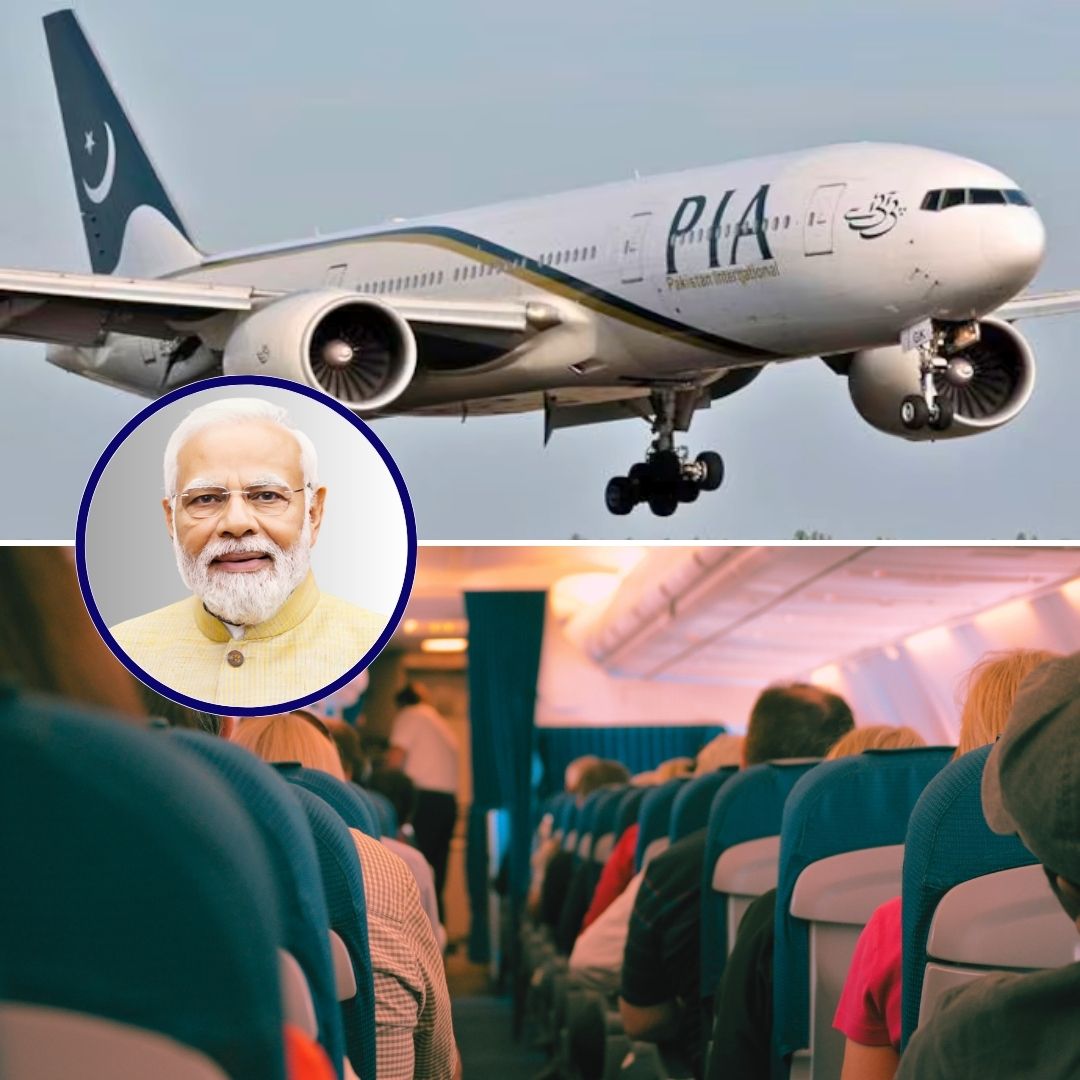India has closed its airspace to all Pakistan-registered, operated, or leased aircraft-including military planes-until May 23, 2025, in a retaliatory move following Pakistan’s April 24 airspace ban on Indian carriers. The decision, effective April 30, escalates tensions after the April 22 Pahalgam terror attack in Jammu and Kashmir, which killed 26 civilians.
The closure disrupts flight routes, increases operational costs for airlines, and coincides with India’s deployment of GNSS (Global Navigation Satellite System) jammers along its western border to degrade Pakistani military aircraft navigation. Officials from both nations have traded accusations, with India citing national security imperatives and Pakistan condemning the move as “politically motivated.”
Escalating Measures: Airspace Closures and Electronic Warfare
India’s Ministry of Civil Aviation issued a Notice to Airmen (NOTAM) barring Pakistani aircraft from all four flight information regions (Delhi, Mumbai, Chennai, Kolkata), affecting commercial and military flights.
Simultaneously, India has stationed GNSS jamming systems near the western border to disrupt GPS, GLONASS, and BeiDou signals used by Pakistani military aircraft for navigation and targeting. Civilian aircraft are exempt from jamming, but the move risks accidental signal interference.
Pakistani airlines, including Pakistan International Airlines (PIA), now face extended flight paths-adding 1-2 hours to Southeast Asia routes via China or Sri Lanka-raising fuel costs and operational strain.
Indian carriers like Air India and IndiGo are rerouting Europe/North America-bound flights through China, though this requires regulatory approvals and crew retraining.
Officials from India’s Ministry of Defence stated the measures are a “proportionate response to cross-border threats,” while Pakistan’s National Security Committee called them “unilateral and devoid of legal merit.”
Background: Tit-for-Tat Moves and Regional Fallout
The standoff began after the Pahalgam attack, which India attributed to Pakistan-based militants. India retaliated by suspending the Indus Waters Treaty, revoking visas for Pakistani nationals, and closing the Attari-Wagah border. Pakistan responded by halting bilateral trade, suspending SAARC visas, and closing its airspace to Indian flights.
Along the Line of Control (LoC), Indian forces report Pakistani troops abandoning forward posts following retaliatory artillery strikes. Pakistan has declared temporary No-Fly Zones over Islamabad and Lahore until May 2, citing “operational requirements.”
Meanwhile, India’s aviation regulator is fast-tracking approvals for alternate flight paths, while airlines negotiate overflight rights with Oman and Iran to bypass Pakistani airspace entirely.
The Logical Indian’s Perspective
The reciprocal airspace closures and electronic warfare tactics mark a perilous escalation, prioritizing geopolitical posturing over civilian welfare. While national security concerns are valid, these measures deepen mistrust, disrupt regional connectivity, and burden ordinary citizens-travellers, traders, and families separated by borders.
The Logical Indian urges both governments to de-escalate, revive backchannel diplomacy, and prioritise humanitarian considerations. At what point does national security rhetoric overshadow the shared humanity of millions? Share your thoughts below.












